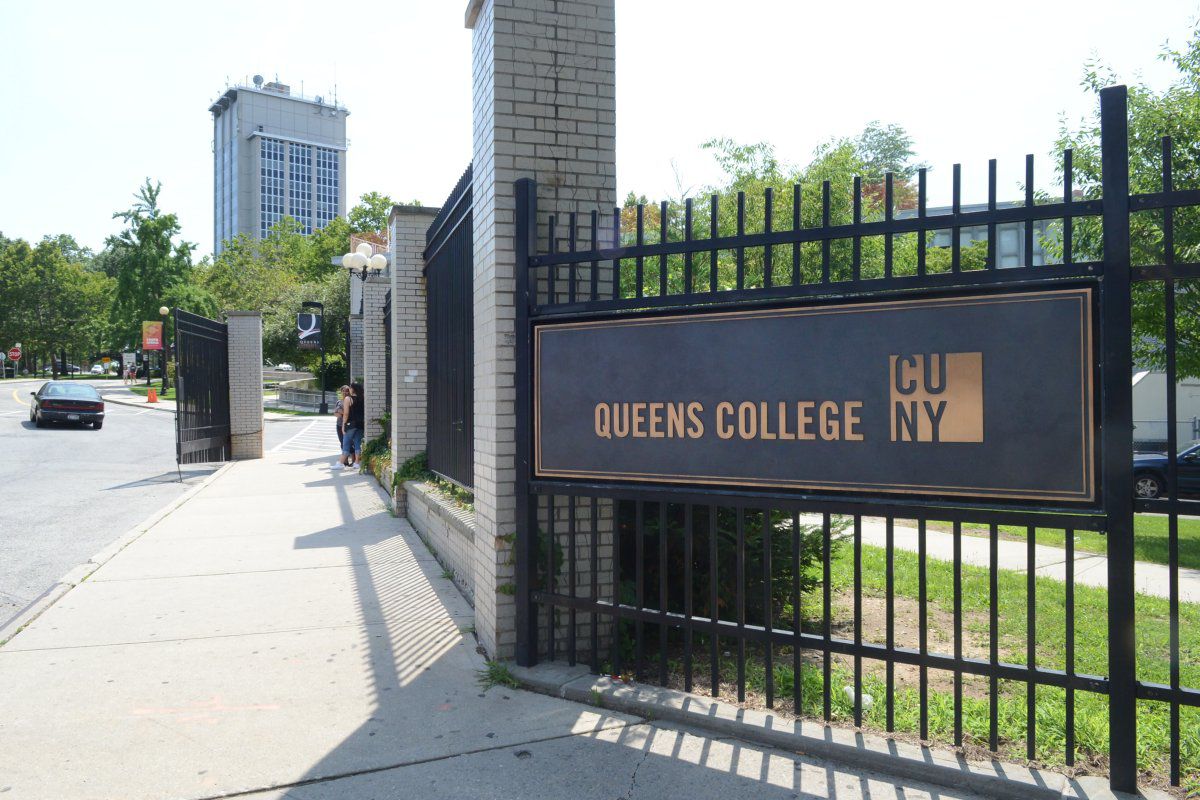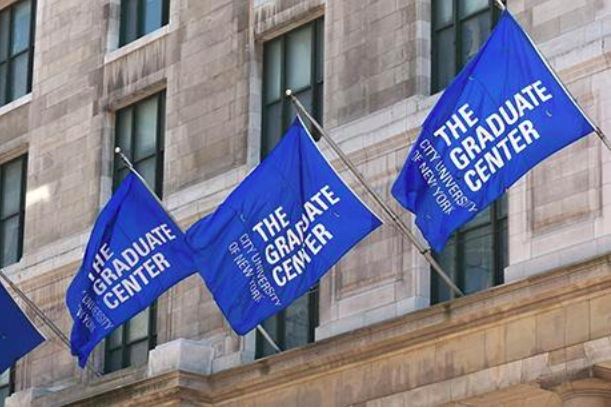Student Association, for the 2014-15 fiscal year, proposed and implemented unlimited printing at Rosenthal Library.
Although, over the course of the new program, “it was clear that there was a small group of students who were printing an inordinate number of pages and a majority of students were not benefiting at all from the service,” the Student Technology Fee Plan Summary for 2015-16 found.
“There were a lot of things that weren’t accounted for and, instead, was very hasty. This time around, our committee is thinking to have a contract set in place so that student can still print but we won’t have the same situation where one student prints about 12,000 pages,” SA President Christopher Labial said.
SA is not the organization deciding everything; instead, they are advocates tending to student needs. The association sits at the table with the Tech Fee Committee.
“We communicate with them to reach a certain compromise,” Labial said. “If you think about basic government, Obama doesn’t control the car companies, but he advocates to set regulations.”
When the administration decided to cut the free printing system, SA advocated for some printing funds students could use. Although, the committee allocated $15 of free printing to every QC student.
Although, since February 2015, students were given 150 free duplex printing, a feature providing double-sided printing, per semester on 21 printers throughout campus. This prevents abuse by a small number of people, Claudia Colbert, interim assistant vice president and chief information officer, said.
“This translates into $10 allocation each semester with each print costing 5 cents,” Colbert said. “We continue to support the free 150 page allocation to each student.”
Despite the change, the $80,000 budget for printing remains the same as last year.
“It’s a real collaboration. Most of our work comes from sitting in these meetings and trying to help administrators make decisions that will best serve the students and that’s our job, whether it comes to hosting a concert or implementing a printing system,” Labial said.
Josh Pinkhasov, a senior who was part of the committee last year, suggested a printing system from SUNY Stony Brook using Pharos, printing software QC also uses.
The Stony Brook system gives students 40 pages of free printing per day starting Monday and adds up until Sunday where it resets.
Pinkhasov personally pushed for that system and received positive feedback. Although, when discussing with a tech person, the system was apparently too complicated to implement.
“It was definitely a more complicated system than what we have now. I don’t know how it’s supposed to work, but it didn’t seem like too much trouble just to get that,” Pinkhasov said. “It would allow the students to get free printing to an extent so that they don’t go overboard like some of the printout numbers we saw, absolutely nuts.”
Pinkhasov said he would suggest his idea to the committee once again.
“Obviously, [the current system] doesn’t amount to the same kind of services free printing provided,” Labial said. “But whether it be one of our ideas or one of the student’s ideas, we just have to keep listening and think on our feet to find a better solution.”













